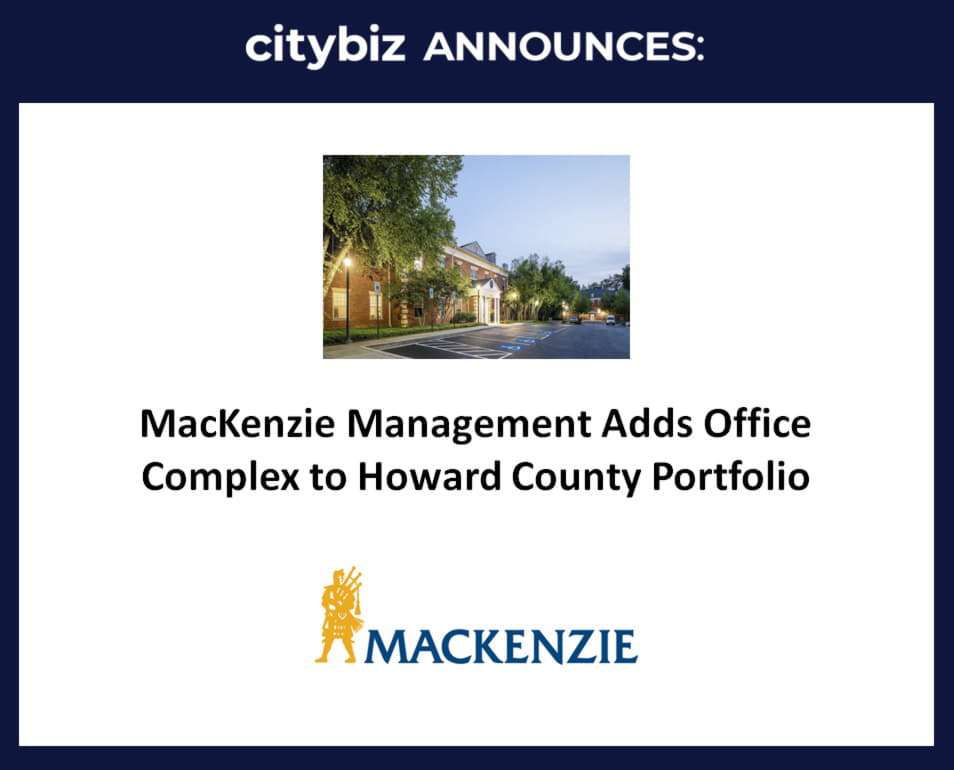
Image source: Getty Images
The jobless situation is expected to improve -- but will that hurt those who don't recover by then?
This week, the Federal Reserve offered encouraging news on the unemployment front -- the jobless rate is expected to fall below 4% in 2022 as the U.S. economy recovers. The unemployment rate hit a record high in April of 2020 when it skyrocketed to 14.7%, and it's currently at 6.2% -- not nearly as bad as in April, but still not back to pre-pandemic levels.
But while these projections are good news in theory, they should be taken with a grain of salt.
For one thing, some industries may take longer to recover than others. Look, for instance, at the hospitality industry, which had a miserable 2020. Hotels reached record low occupancy levels last year (44%, compared to 66% in 2019), and this year, their recovery is expected to be minimal (current projections put occupancy at 52%). Combine that with the fact that business travel isn't expected to return to pre-pandemic levels until 2023, and jobless levels among hotel workers could easily remain high in 2022, even if the greater economy does better.
But that's not the only reason the Fed's projections are a mixed bag. If the economy really improves, it could spell the end of relief bills and extended unemployment benefits. And that could seriously impact a lot of people's individual situations.
The danger of cutting off aid
To be clear, the Fed has not said that future rounds of aid won't be necessary. But generally speaking, lawmakers don't like to spend money unless there's a compelling reason. If the unemployment rate does improve soon, it could mean that the $1.9 trillion relief package recently signed into law is the last aid the public sees for a while.
Even if the broader economy recovers by 2022, that doesn't mean everyone impacted by the pandemic will do better. As of February 2021, roughly 4 million Americans had been out of work for 27 weeks and counting. Those long-term unemployed are likely to have a harder time getting back into the workforce, whether it's because they work in a hard-hit industry, or are simply out of practice. Many workers have resume gaps. Others had to opt out of working because of childcare constraints or other issues. While some employers may be sympathetic to such situations, these are still challenges to overcome. People in situations like these may need more stimulus relief money to cover immediate needs.
While we root for a widespread economic recovery, we also need to hope lawmakers realize there is a need for additional aid, whether that comes in the form of extended unemployment benefits or a targeted stimulus check round. It's clear that despite positive projections, many people are not close to seeing the light at the end of the tunnel.
Top credit card wipes out interest until 2022
If you have credit card debt, transferring it to this top balance transfer card can allow you to pay 0% interest for a whopping 18 months! That's one reason our experts rate this card as a top pick to help get control of your debt. It'll allow you to pay 0% interest on both balance transfers and new purchases until 2022, and you'll pay no annual fee. Read our full review for free and apply in just 2 minutes.


































